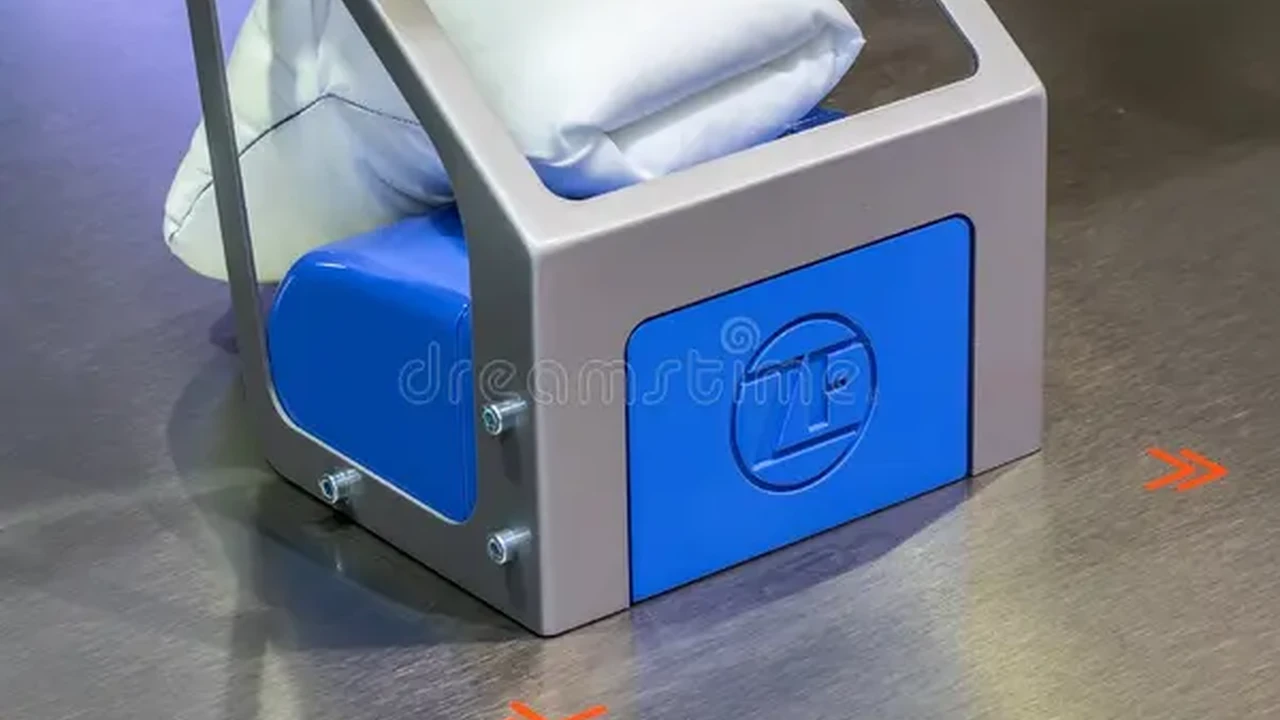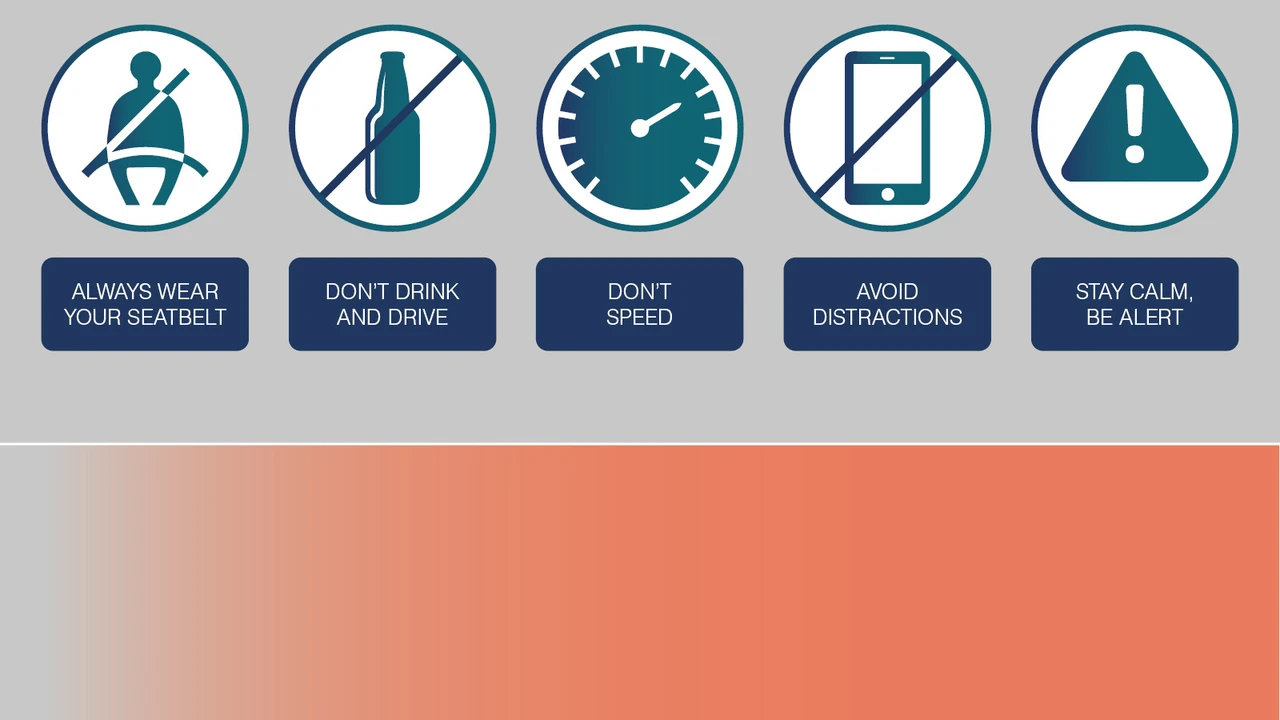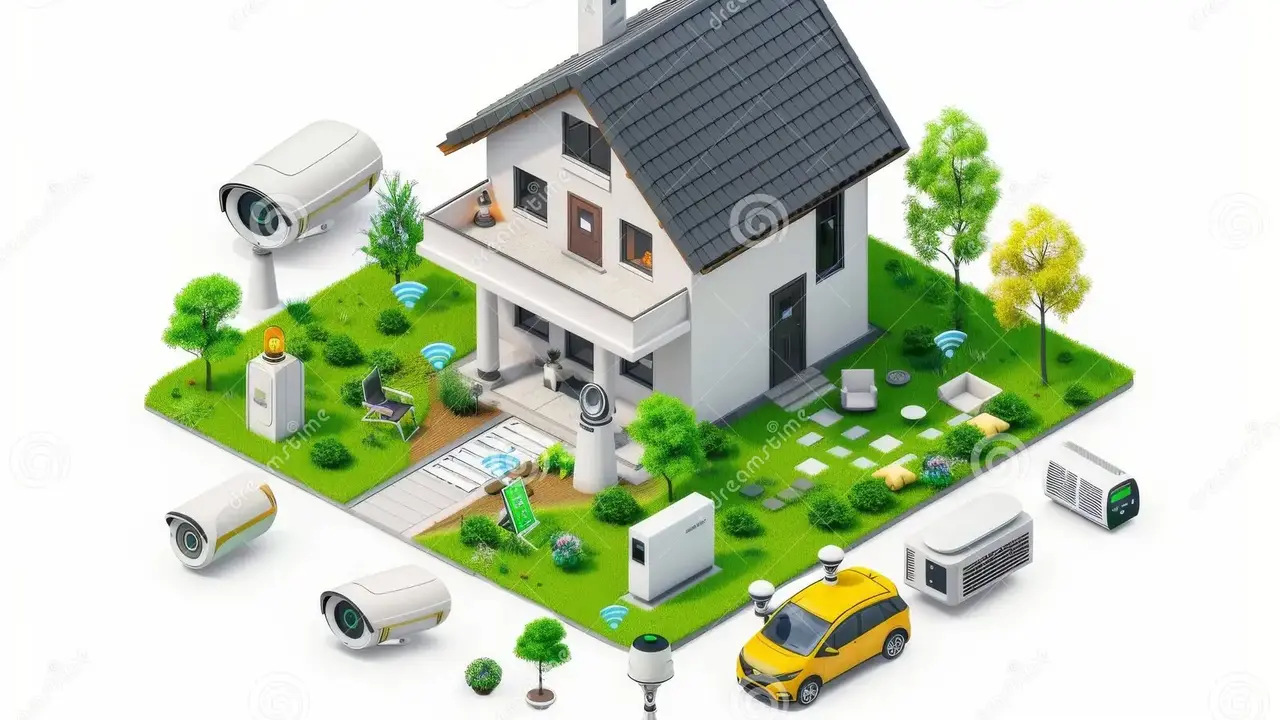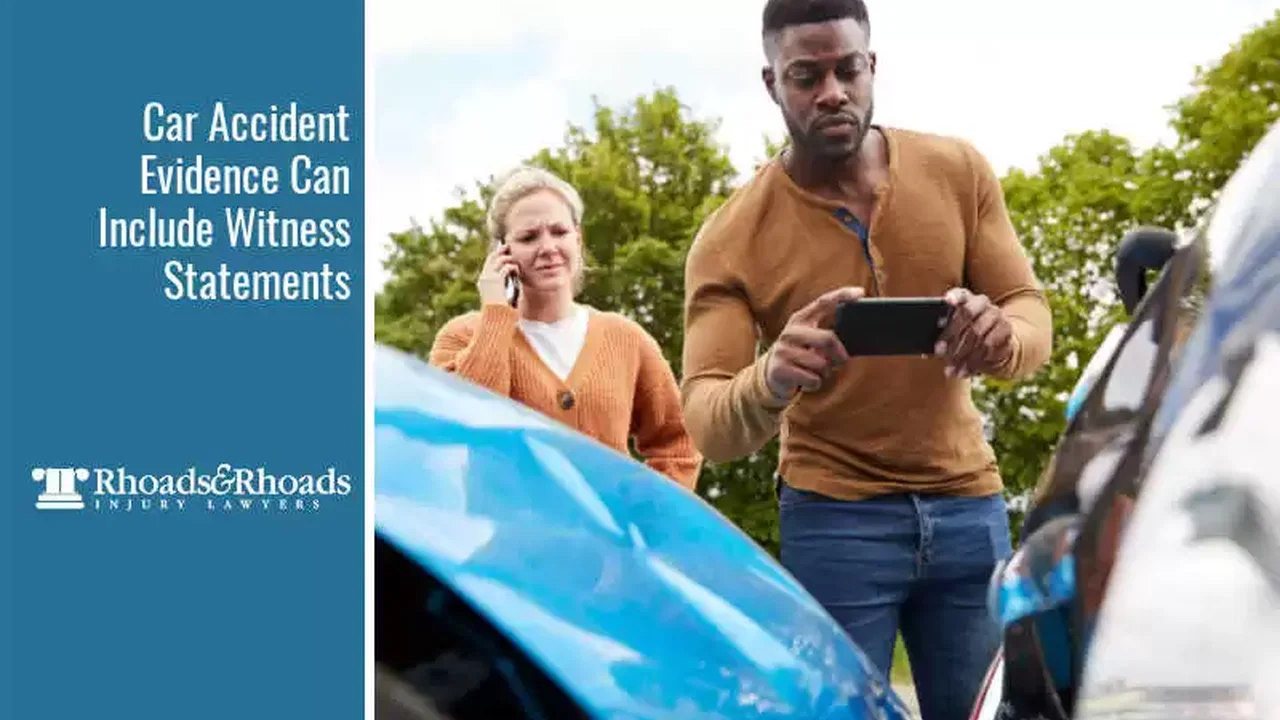Preventing Future Accidents: Learning from Your Experience
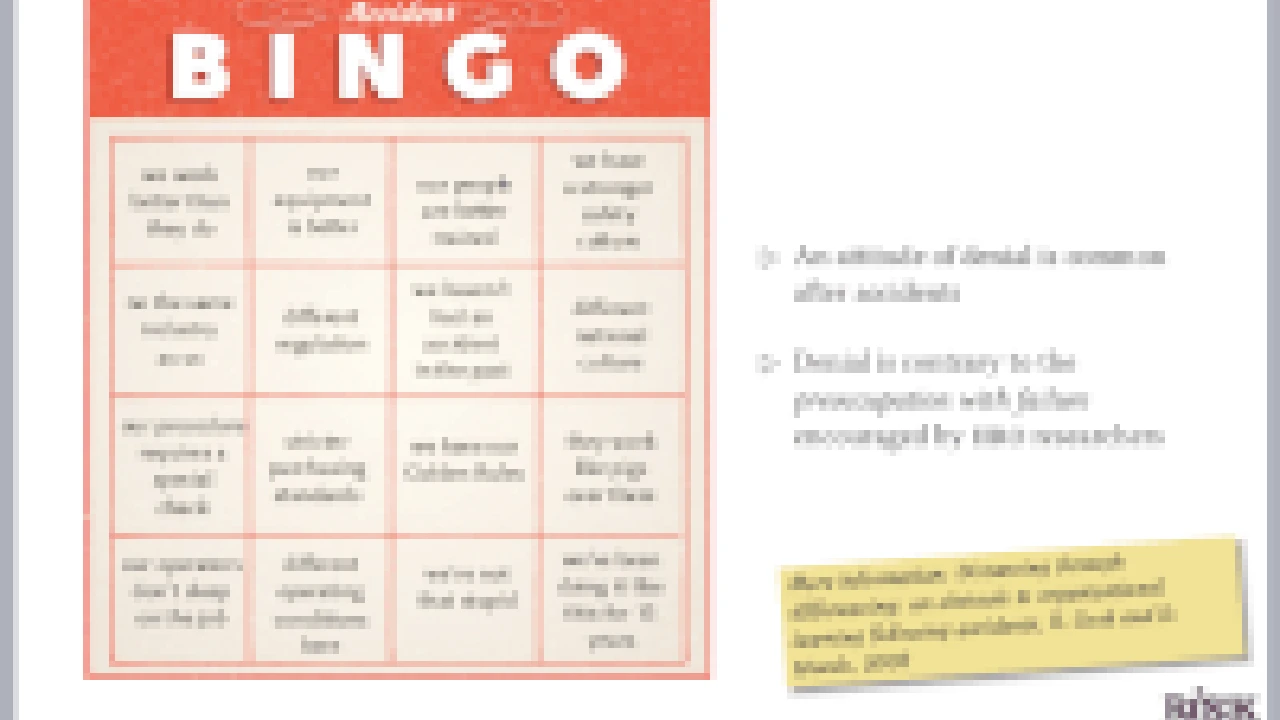
Understanding the Root Causes Accident Analysis and Prevention
Okay, so you've been through an accident. It's a crummy situation, no doubt. But instead of just dwelling on the negative, let's flip the script and see how we can turn this into a learning opportunity. I'm talking about preventing future accidents. Seriously, every accident, no matter how small, holds valuable clues about what went wrong. Think of it like a detective novel - you gotta find the clues to solve the mystery and stop it from happening again. The most important thing is to start with a thorough accident analysis. This isn't about pointing fingers or assigning blame (though that might come later for legal reasons). It's about objectively understanding *why* the accident occurred. Were there any contributing factors? Was there a lapse in training? Was the equipment faulty? Were safety protocols followed?
Start by gathering all the information you can. Talk to everyone involved, witnesses included. Get their perspectives, even if they seem contradictory. Document everything – take photos, make diagrams, write down timelines. The more data you have, the clearer the picture will become. Once you've gathered the data, start looking for patterns. Were there any recurring themes? Were there any obvious red flags that were ignored? This is where you start to identify the root causes of the accident. This might involve using tools like the "5 Whys" technique, where you repeatedly ask "why" until you get to the core issue. For example:
- Accident: Someone tripped and fell.
- Why? Because there was an object on the floor.
- Why? Because the object wasn't put away properly.
- Why? Because there was no designated place for it.
- Why? Because the storage system was inadequate.
- Why? Because no one had assessed the storage needs.
See how we got from a simple slip and fall to a systemic problem? Once you've identified the root causes, you can start developing preventative measures. This might involve changes to procedures, equipment, training, or even the work environment itself. The key is to address the underlying issues, not just the symptoms. And remember, prevention is an ongoing process. It's not a one-time fix. You need to constantly monitor your safety protocols, evaluate their effectiveness, and make adjustments as needed.
Implementing Safety Protocols and Training Programs accident prevention
Okay, so you've figured out *why* the accident happened. Now comes the fun part: actually doing something about it! This is where you implement robust safety protocols and training programs. Think of these as your shields and swords against future accidents. Safety protocols are the rules of the game. They outline the specific steps that everyone needs to follow to stay safe. These protocols should be clear, concise, and easy to understand. No jargon or legalese! They should also be readily accessible to everyone. Think posters, online guides, and regular reminders.
But protocols alone aren't enough. You also need to train people on how to follow them. This is where training programs come in. These programs should be interactive, engaging, and relevant to the specific tasks that people are performing. Don't just lecture people to death! Use real-life examples, simulations, and hands-on exercises to make the training stick. And remember, training isn't a one-time event. It should be ongoing and regularly updated to reflect changes in procedures or equipment. Consider using a learning management system (LMS) to track training progress and ensure that everyone is up to date.
Also, it's super important to involve your employees in the development of these protocols and training programs. They're the ones on the front lines, so they'll have valuable insights into what works and what doesn't. Plus, involving them in the process will make them more likely to buy into the changes and follow the protocols. Make safety a team effort! Consider forming a safety committee with representatives from different departments. This committee can be responsible for identifying hazards, developing safety protocols, and promoting a culture of safety throughout the organization.
The Role of Technology in Accident Prevention tech safety solutions
Let's talk tech! We live in a world where technology can help us do just about anything, including preventing accidents. There's a whole range of tech solutions out there that can help you improve safety in the workplace. Think of it as having a bunch of little robots constantly watching out for potential hazards. One of the most common technologies is video surveillance. Cameras can be used to monitor workplaces for unsafe behaviors or conditions. They can also be used to investigate accidents and identify root causes. But remember, privacy is important! Make sure you have clear policies about how video footage is used and stored.
Another cool technology is wearable sensors. These sensors can track things like heart rate, body temperature, and movement. They can be used to detect fatigue, stress, or other conditions that might increase the risk of an accident. Some sensors can even detect when someone has fallen and automatically alert emergency services. Then there are predictive analytics. This involves using data to identify patterns and predict future accidents. For example, you might analyze data on past accidents to identify high-risk areas or activities. You can then use this information to implement targeted safety measures.
Virtual reality (VR) training is also gaining popularity. VR can be used to simulate hazardous situations and allow employees to practice safety procedures in a safe and controlled environment. This is especially useful for training on tasks that are difficult or dangerous to perform in real life. And don't forget about drones! Drones can be used to inspect hard-to-reach areas, such as rooftops or bridges, for potential hazards. This can help you identify problems before they lead to accidents.
Product Recommendations for Workplace Safety and Accident Prevention
Alright, let’s get down to brass tacks and talk about some specific products that can help you prevent accidents. I’m not talking about just any old gear; I’m talking about smart investments that can make a real difference.
Safety Glasses Comparison and Selection
First up, let's talk about eye protection. Obvious, right? But not all safety glasses are created equal. You've got everything from basic polycarbonate lenses to high-impact, anti-fog, and even prescription options.
-
Pyramex I-Force Safety Goggles: These are great for environments with dust, debris, or chemical splashes. They have a dual-lens design that provides excellent protection and a comfortable fit.
- Use Case: Construction sites, manufacturing plants, laboratories
- Pros: Excellent protection, comfortable fit, anti-fog
- Cons: Can be a bit bulky
- Price: Around $15-$20
-
3M SecureFit Protective Eyewear: These are lightweight and comfortable for all-day wear. They offer good protection against impacts and UV radiation.
- Use Case: General industrial work, woodworking, DIY projects
- Pros: Lightweight, comfortable, good UV protection
- Cons: Not as robust as goggles for heavy-duty environments
- Price: Around $10-$15
Comparison: If you need maximum protection, go for the Pyramex I-Force goggles. If you need something lightweight and comfortable for everyday wear, the 3M SecureFit glasses are a good choice.
High-Visibility Clothing for Enhanced Safety
Next up, high-visibility clothing. Whether you're working on a construction site, in a warehouse, or even just directing traffic, being seen is crucial.
-
Radians SV55 Surveyor Safety Vest: This vest is ANSI Class 2 compliant, meaning it provides excellent visibility in low-light conditions. It also has multiple pockets for storing tools and equipment.
- Use Case: Construction, road work, traffic control
- Pros: Excellent visibility, multiple pockets, durable
- Cons: Can be a bit warm in hot weather
- Price: Around $25-$30
-
Carhartt High-Visibility Waterproof Bib Overalls: These overalls are great for working in wet and cold conditions. They're also ANSI Class 3 compliant, meaning they provide the highest level of visibility.
- Use Case: Construction, road work, cold weather environments
- Pros: Excellent visibility, waterproof, durable
- Cons: Can be expensive
- Price: Around $150-$200
Comparison: If you just need basic visibility, the Radians vest is a good choice. If you need protection from the elements and the highest level of visibility, the Carhartt overalls are the way to go.
Ergonomic Tools for Preventing Repetitive Strain Injuries
Repetitive strain injuries (RSIs) are a common problem in many workplaces. Ergonomic tools can help reduce the risk of these injuries.
-
Wobble Stool: This stool encourages active sitting, which can help improve posture and reduce back pain.
- Use Case: Offices, assembly lines, anywhere where people sit for extended periods
- Pros: Improves posture, reduces back pain, encourages movement
- Cons: Takes some getting used to
- Price: Around $80-$120
-
Ergonomic Keyboard and Mouse: These tools are designed to reduce strain on the wrists and hands.
- Use Case: Offices, computer labs, anywhere where people use computers extensively
- Pros: Reduces strain on wrists and hands, improves comfort
- Cons: Can take some getting used to
- Price: Keyboard: $50-$150, Mouse: $30-$80
Comparison: If you spend a lot of time sitting, the wobble stool is a great investment. If you spend a lot of time typing, an ergonomic keyboard and mouse can make a big difference.
Slip-Resistant Footwear for Preventing Slips and Falls
Slips and falls are a major cause of workplace injuries. Slip-resistant footwear can help prevent these accidents.
-
Shoes for Crews: This company specializes in slip-resistant footwear for a variety of industries.
- Use Case: Restaurants, hospitals, manufacturing plants
- Pros: Excellent slip resistance, comfortable, durable
- Cons: Can be a bit expensive
- Price: Around $60-$120
First Aid Kits and Emergency Response Equipment
Being prepared for emergencies is crucial. A well-stocked first aid kit and emergency response equipment can make a big difference in the event of an accident.
-
Comprehensive First Aid Kit: Make sure your kit includes bandages, antiseptic wipes, pain relievers, and other essential supplies.
- Use Case: All workplaces
- Pros: Essential for treating minor injuries
- Cons: Needs to be regularly restocked
- Price: Around $30-$50
-
AED (Automated External Defibrillator): An AED can be a lifesaver in the event of a sudden cardiac arrest.
- Use Case: All workplaces, especially those with a high risk of cardiac arrest
- Pros: Can save lives
- Cons: Can be expensive, requires training
- Price: Around $1,200-$2,000
Remember to conduct regular safety audits to identify potential hazards and ensure that your safety protocols are effective. And most importantly, foster a culture of safety where everyone feels empowered to speak up about potential risks. Stay safe out there!
:max_bytes(150000):strip_icc()/277019-baked-pork-chops-with-cream-of-mushroom-soup-DDMFS-beauty-4x3-BG-7505-5762b731cf30447d9cbbbbbf387beafa.jpg)



